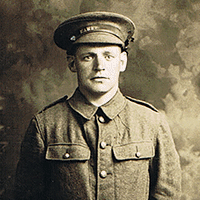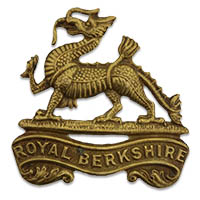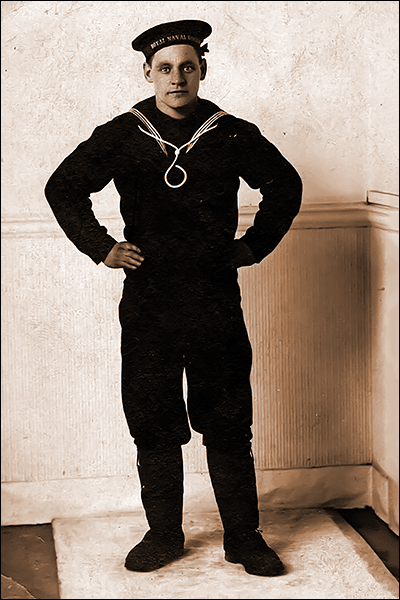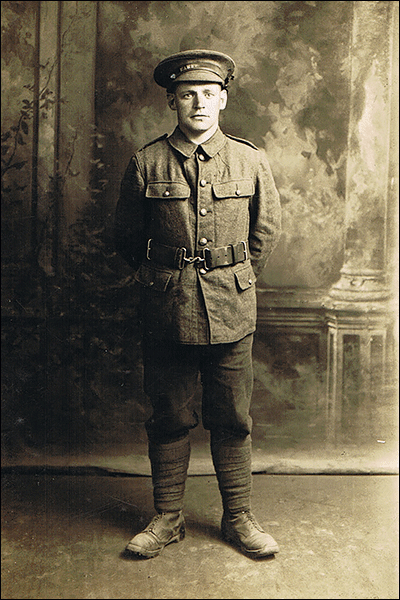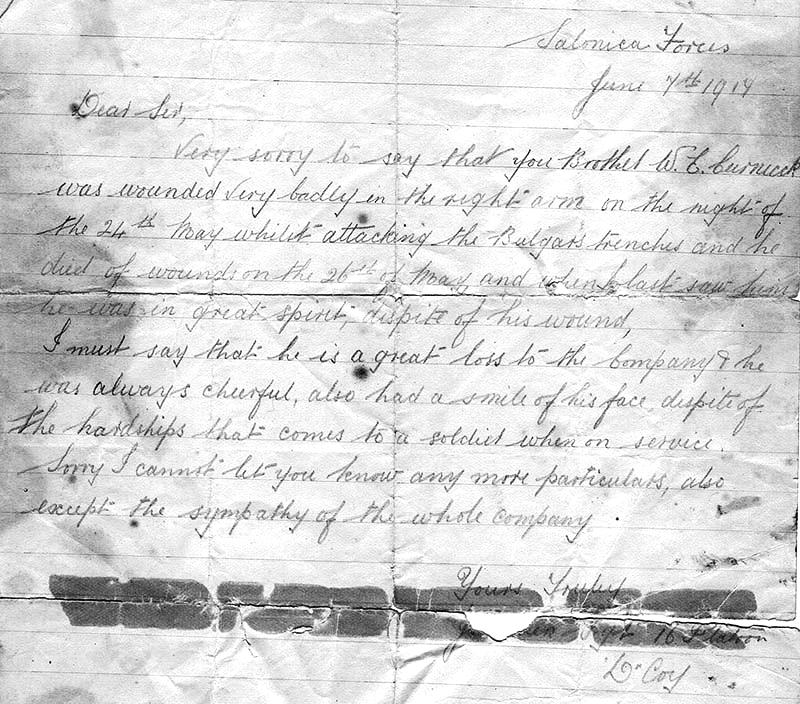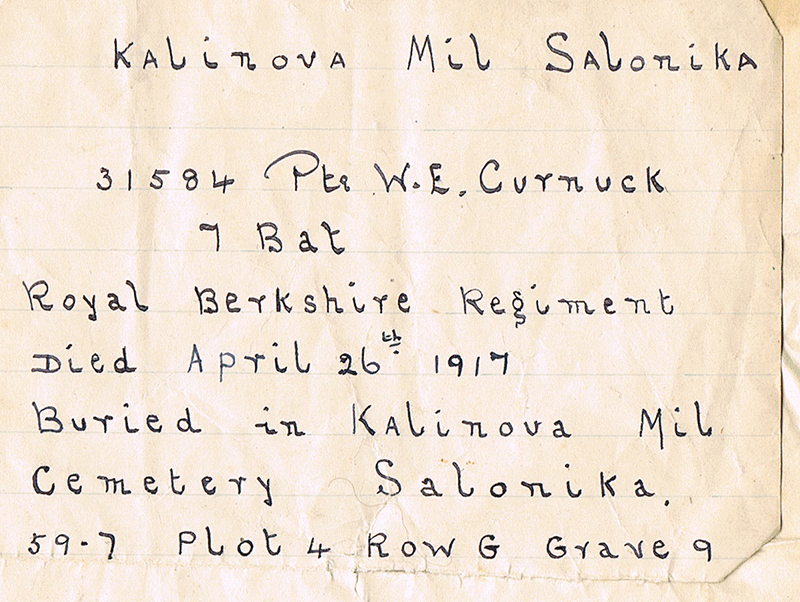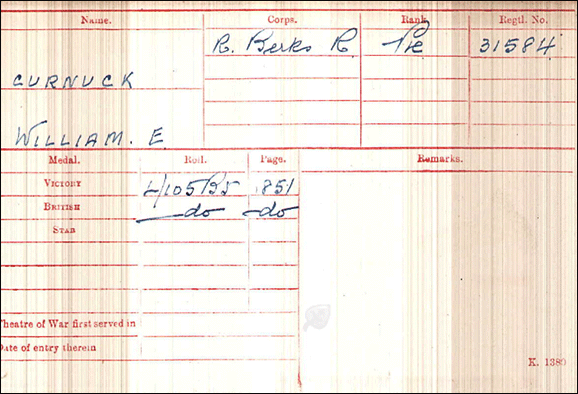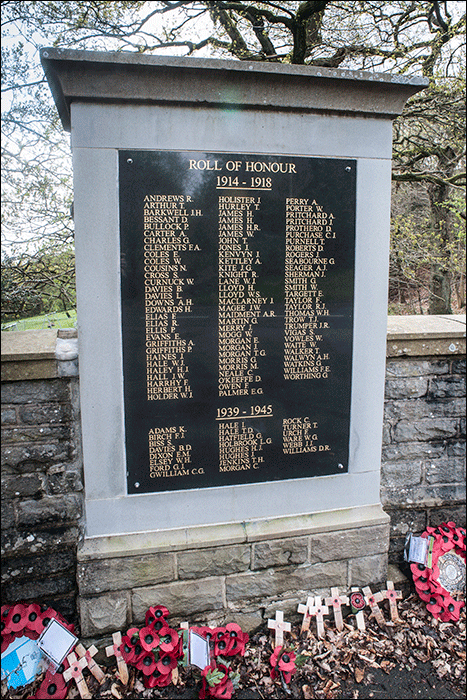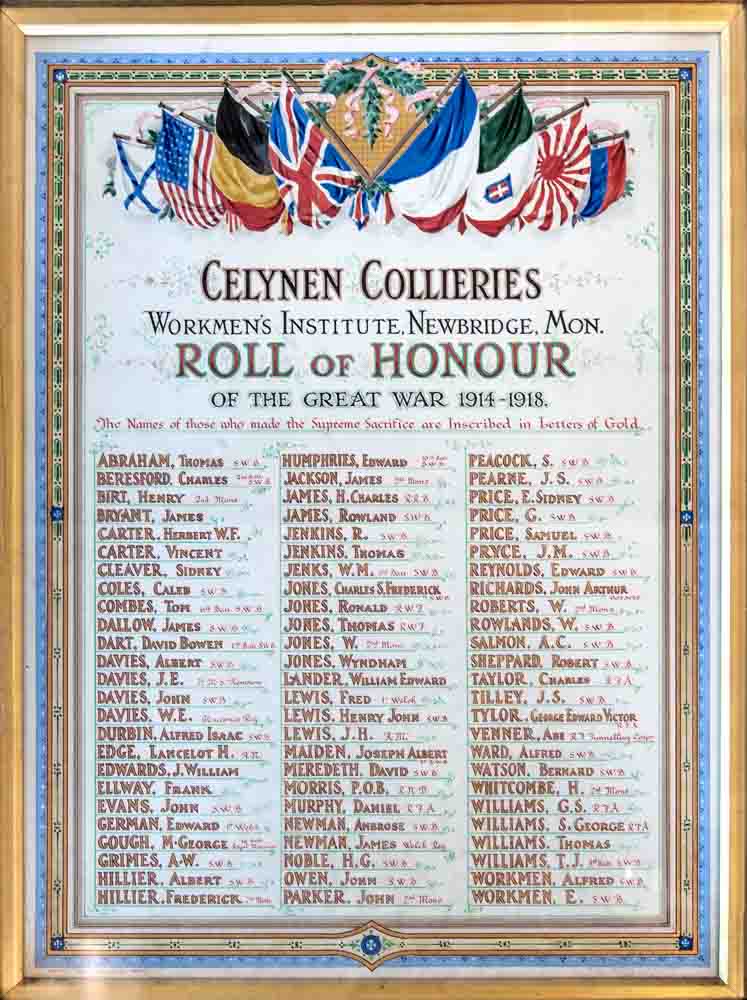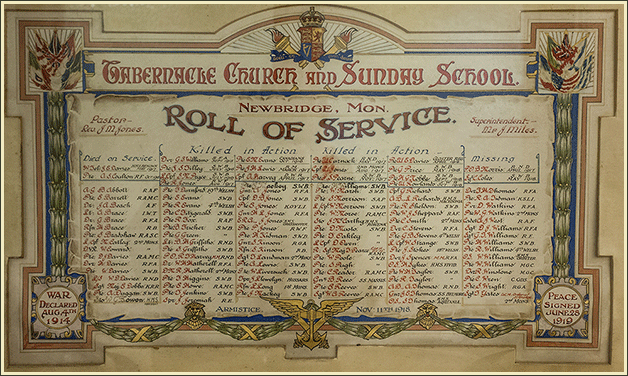| Unit/Regiment | Princess Charlotte of Wales's (Royal Berkshire Regiment) |
| Battalion | 7th |
| Rank | Private |
| Service Number | 31584 |
Theatre of War first served in | |
| Date of entry therein | |
| Age at Death | 31 |
| Date of Death | 26/04/1917 |
| Burial/Memorial Reference | Karasouli East Military Cemetery
Originally buried at Kalinova Military Cemetery - Plot 4 Row G Grave 7 |
| CWGC Family Details | Son of Alfred and Rhoda Curnuck, of Crumlin, New Port, Mon. |
| SDGW – Where Born | Crumlin, Mon. |
| Enlisted | Cosham, Hants |
| Resided | Crumlin, Mon. |
| How Died | Died of Wounds |
| Theatre of War | Balkan Theatre |
| Medal Entitlement | British War Medal
Victory Medal |
| Notes | Commemorated on the Celynen Collieries Roll of Honour |
Family
William Edgar Curnuck was born on 27th March 1885, the fifth child of Alfred and Rhoda Curnuck, his elder siblings were Charles, Thomas,
Amelia and Ada. None of the family could speak Welsh.
In 1891 the family were living at 37 Mill House, Mynydd Maen, William’s father, Alfred, was working as a colliery roadman and his eldest
brother, Charles, was working as a coal miner. The younger children were all at school.
By 1901 the family had moved to Crumlin and were living at 27 Glen View Terrace. All five children were still living with Alfred and Rhoda.
At the age of sixty Alfred was still working underground as a coal miner as were his three sons Charles (28), Thomas (24), and William (16).
Amelia (22) was working as a dressmaker. In addition to cooking and cleaning for her family, Rhoda also had to make provision for a lodger
George Gough.
The 1911 Census shows Thomas as the head of the family, his father Alfred having died on 26th May
1901 leaving an estate of £135 5s to his widow Rhoda.
Although Charles had left, the remaining four children were still at home. Thomas, Amelia and William were still single aged 35,
32 and 25. Only Ada was married, her husband was not recorded in the census but her six year old son Charles was. Maud Bright (cousin)
and William Morgan (boarder) were also resident in the house.
Military
William Curnuck enlisted in the Royal Naval Volunteer Reserve on 25th February 1915. His service number was WALES Z/431.
When he joined up he was described as 5’ 3” tall with a 35” chest, he was of fair complexion with dark hair and grey eyes and had the
letter “C” tattooed on his left forearm.
The Royal Naval Division was formed in August 1914 from naval reserve forces when warships of the fleet were fully crewed.
The tradition of naval personnel serving on land had been long established and a shortfall in infantry divisions in the army led to the
formation of the RND to supplement the army. The RND was retained under Admiralty control even though they were fighting on land alongside
the army. Reserve personnel from the Royal Naval Reserve, Royal Fleet Reserve and the Royal Naval Volunteer Reserve with a brigade of
Marines were assembled at Crystal Palace to form the RND.
After initially being based at Crystal Palace, William Curnuck was transferred on 10/07/15 to the 5th Battalion RND based at Blandford.
From there he was transferred to the 3rd Reserve Battalion RND on 18/04/16 and then to the 2nd (Hawke) Battalion on 10/05/1916
The photograph shows him in the khaki uniform of the RND. His cap bears the ribbon of the Hawke Battalion which was informally added to the
traditional army uniform when it replaced the naval uniform.
The 2nd (Hawke) Battalion formed part of the 1st (Royal Naval) Brigade but the brigade was broken up on 2nd July 1916 and the men allocated
to other units. This meant that William was on the move again – this time to the 4th Reserve Battalion RND
He was eventually discharged from the RND and transferred to the 13th Labour Battalion Royal Berkshire Regiment on 25th September 1916.
His new service number was 31584, 5 other men transferred from the RND to the 13th Royal Berkshire Regiment on the same day
Although he was only transferred from the RND to the 13th Battalion Royal Berkshire Regiment on 25/9/1916, William was soon on the move
again when he (and the men mentioned above) were transferred to the 7th Battalion destined for Salonika. This may have been because the
majority of the 13th Battalion had already departed for France on 19/9/1916 possibly leaving them stranded.
Pte. Curnuck died of wounds on 26th April 1917, his wounds were probably inflicted on 24th April when he was in action in the vicinity of
Doiran Lake. The 7th Battalion War Diary for the 24th reveals that the battalion were involved in heavy fighting which resulted in nearly 250
casualties. Following the battle Pte. Curnuck’s family received a letter from his Platoon Sergeant detailing the circumstances of his death
Dear Sir,
Very sorry to say that you brother W. E. Curnuck was wounded very badly in the right arm on the night of 24th May whilst
attacking the Bulgar trenches and he died of wounds on 26th May and when I last saw him he was in great spirit despite of his wound. I must say
that he is a great loss to the company and he was always cheerful, also had a smile on his face despite of the hardships that comes to a soldier
on service. Sorry I cannot let you know more about the particulars also accept the sympathies of the whole company.
Yours Truly
xxxxxx Sgt
16 Platoon
D Coy
The letter also included information on the location of Pte Curnuck’s grave. He was buried in the Kalinova Military Cemetery in: Plot 4 -
Row G - Grave 9. Kalinova is a village two miles North East of Caussica, at the foot of the hills which stand between Lakes Ardzan and Doiran
At the Armistice there were 52 burials at the Kalinova Military Cemetery but early in 1919 a number of casualties were moved from surrounding
cemeteries into Kalinova. In December 1920 all the burials in Kalinova were moved to the Karasouli Military Cemetery.
